Boracay’s kiteboarders are the kind of stories we all need right now—and for Paris 2024
“Freedom, pure freedom,” he says.
The man with sun-bleached hair and skin dark from years of riding wind and waves grins widely and gestures with his hands. “When there’s nothing between me and nature, that’s pure freedom.”
Boracay’s most famous kiteboarder Khristopher “Ken” Nacor has just answered the question everyone that knows nothing about kitesurfing wants to ask: what does it feel like to be out there in the water?
Owner of and instructor at Freestyle Academy, which he established in 2005 on Bulabog Beach, Ken has been competing in the European and Asian circuits for more than a decade, pausing only due to the pandemic.
He also knows about enjoying freedom on his own terms—even as a young kid and at the risk of losing it. When he was 13, he was arrested by the Manila Police for skateboarding in Luneta. He and two friends were doing tricks on Roxas Boulevard and Quirino Grandstand when the police started to chase them.
Western Police District cops—not exactly the quintessence of physical fitness—caught them only because they were on a patrol car, and the three youngesters were thrown behind bars for a few hours.
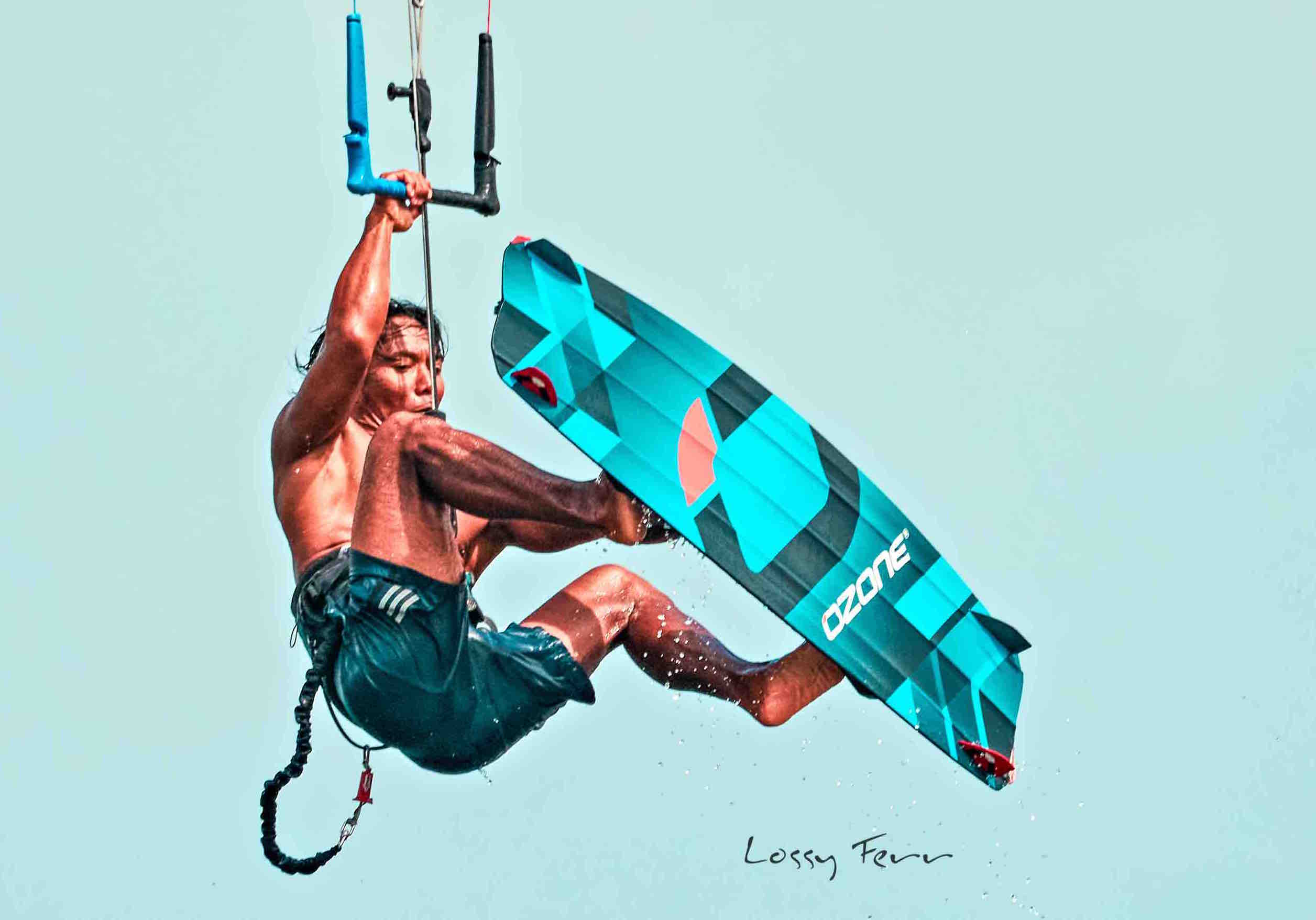
There were tears, there were recriminations, there were calls to parents eventually. They were ready to pawn their silver earrings to get out of jail but they were released by nightfall. They were minors, after all, and the (illegal) arrest was just to scare them.
“People saw skateboarders before as barumbado, yagit,” he says. What was a street sport widely regarded for kids up to mischief earned legitimacy in the last decades, culminating as a medal event in the Tokyo Olympics—one of the most watched and fun events in the last Olympiad.
Ken’s arrest was futile in trying to stop him from doing what he loved at the time.
At the time. Because the sporting life of Ken Nacor is as varied as the collecting life of American horticulturist John Laroche, who famously poached a rare orchid in the swamps belonging to the Seminole tribe in south Florida.
Ken didn’t just dabble in sports, he actually became competitively good in skateboarding, rollerblading, BMX, dragon boat and scuba diving.

“After the arrest, I didn’t skateboard anymore, I got into rollerblading but that was dangerous kasi sumasabit kami sa jeep as school transportation. Pagdating ko sa school, I’d be covered in mud, mukhang gusgusin na talaga,” he laughs.
His inspiration for rollerblading? The movie Mighty Ducks, the story of a perennial-loser peewee hockey team that climbed from the bottom of the rankings to win the title.

Born in Kalibo and raised in Manila, Ken came to know Boracay from childhood summers with his father, who was then working as a passport renewal guide. “That time mahirap mag-renew ng passports ang mga foreigners. He would collect them from Boracay, from Iloilo and bring them back to Manila.”
One day when he was in high school, he was watching TV and came across an extreme sports show that featured kiteboarding. Adrenaline pumped through his veins, filled his heart and his head—just by watching—and he blurted out to himself, “I think that’s my future sport.”
It was like skateboarding on water—two things he loved most. “It was so old school. They had a triangle parachute and a rope. Nakikita ko lumilipad sila. Sabi ko, eto yung sports ko. One day I will try this. Years later, when I was a dive master at Calypso Resort, a friend from England who was a windsurfer and who’d come to Boracay every year called me up. He said, ‘Ken I have something for you. I’ll send some boxes from Europe.”
Ken’s immediate thought, “I hope it’s not drugs!”
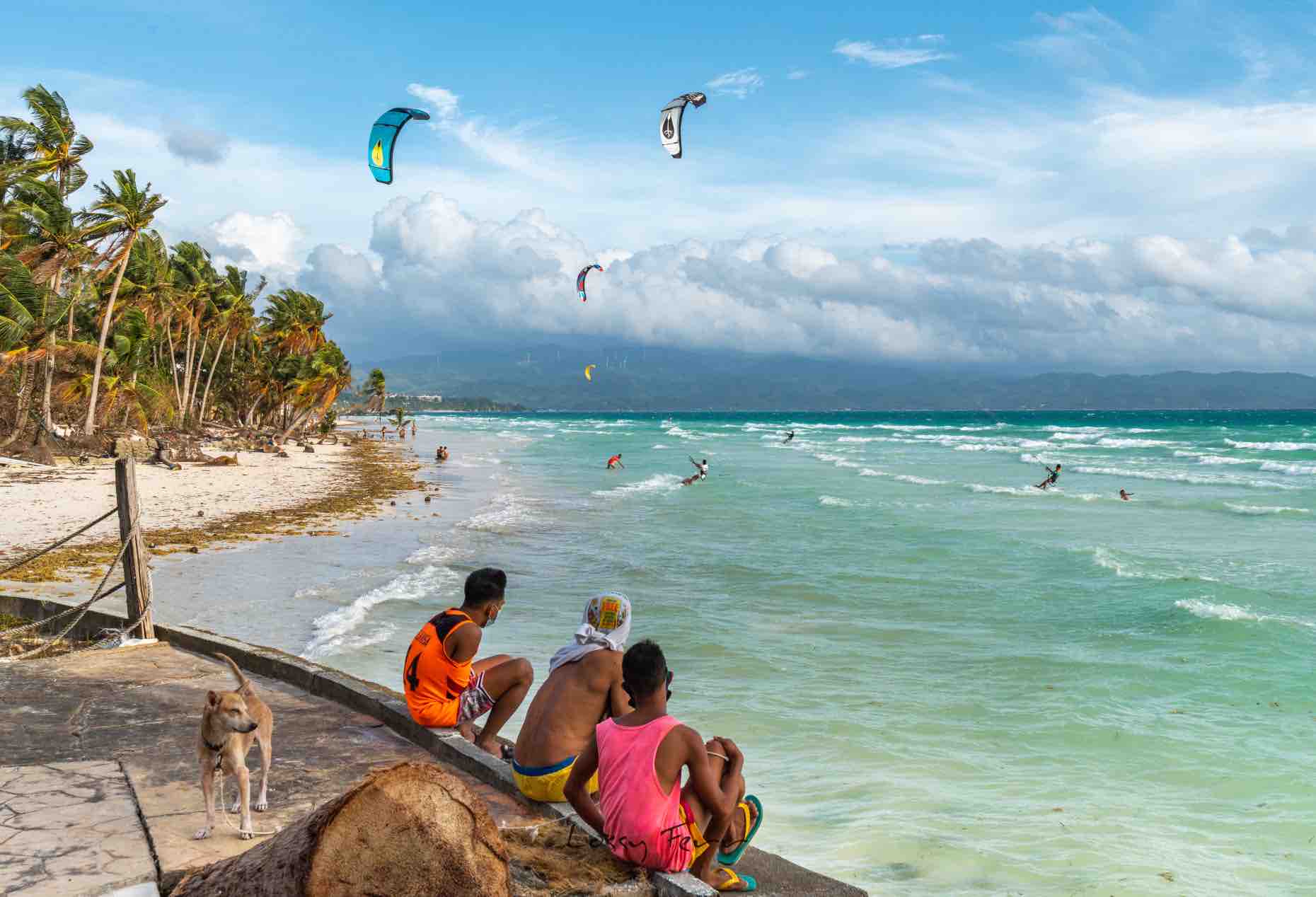
After a month, the boxes arrived in Caticlan. “They just dumped them on the beach. Wala pang LBC noon and you could only make international calls at the tourist center. I showed them the emails and documentation.”
After a week, an instructor arrived from England. Ken quit his scuba diving job. “I told them, ‘I have to follow my dream. They were so angry they told me, ‘You will never set foot in this dive shop again. I said, fine.”
Ken caddied for the instructor for a year and helped set up the kite school Ocean Republic. But once he learned to kitesurf—“my learning curve was aggressive”—even his instructors were amazed.
“They told me, we need to bring you to Europe to compete, to see other riders. At the time there was no YouTube, no videos, no internet here. They would give me a magazine and say, gayahin mo yan—a magazine!”
He worked in England for the summer and competed in the European circuit. He was, by his own account, a standout partly because he was Asian. When Ken flew abroad to kitesurf for the first time, there were only 934 professional instructors in the world; he was the first Asian instructor.
“They called me the brown kitesurfer,” he says. “After that, continuous na yon—competing, teaching.”
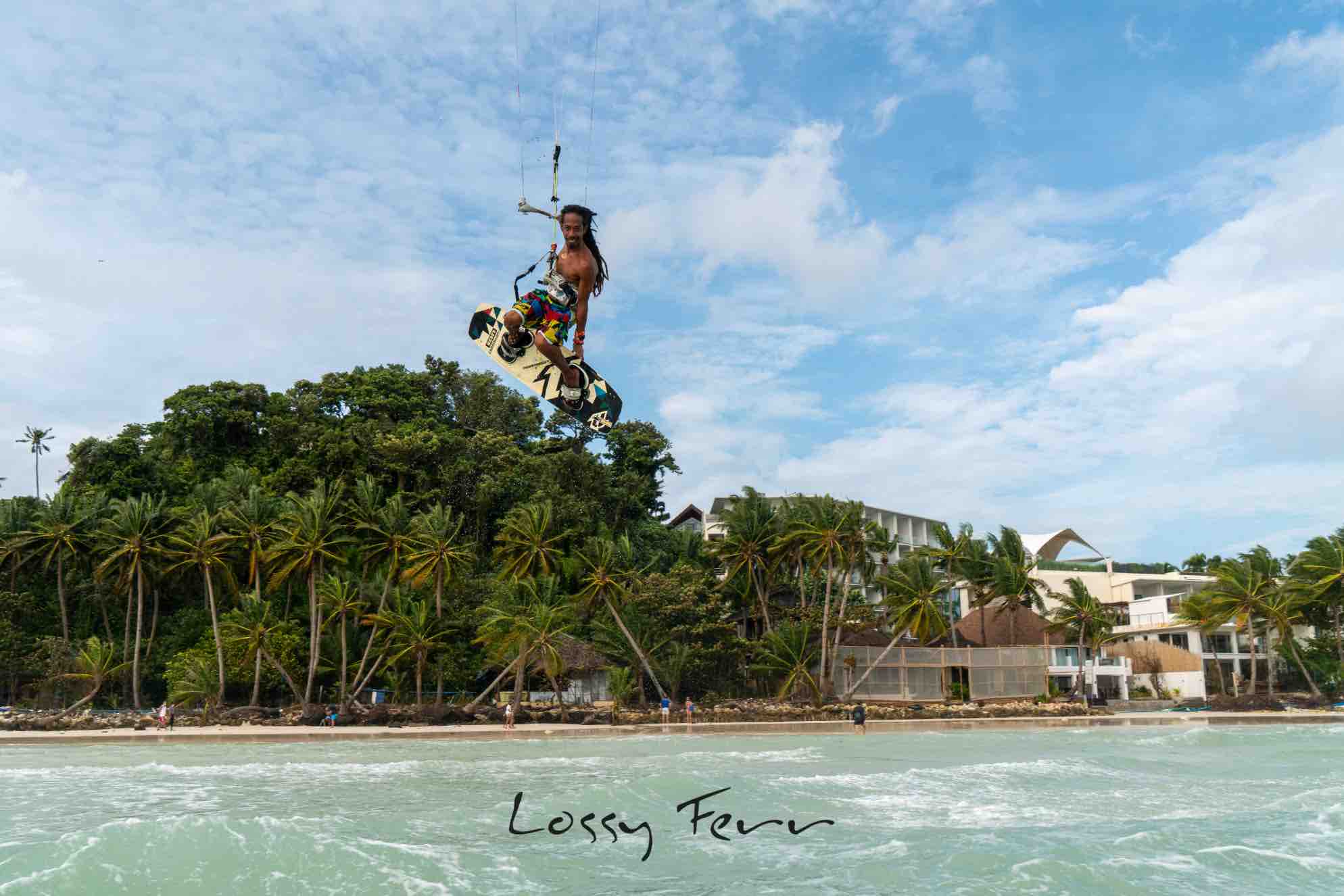
He picked up a couple of medals along the way and helped set up Kite Tour Asia (KTA) to showcase the talent of regional riders. “So all Asian riders would meet, compete and then whoever wins would join Europe. Mabilis ang progress ng kitesurfing here but at the time the high-level competitors were in Europe. The good thing is in Asia nature provides good conditions the whole year round—andito ang habagat.”
A tightknit community
Miguel Palabasan was planning to further his kiteboarding lessons for a week when he arrived in Boracay. That was in January—and he’s still here in August.
“Usually every month I’d say, okay, I’m going to leave at the end of the month. Then, uy, maganda ang hangin, and I’d stay another month,” he says. “I was staying in a daily hotel for two months because I was really undecided.”

He’s rebooked his flight back to Manila so many times he just finally decided to cancel it. Seven months of living on Bulabog Beach has made it hard to leave the community that’s embraced him, he says.
Working for a European fintech company, Miguel has always worked remotely—and Bali was his choice for June to learn surfing but Indonesia’s quarantine requirement got longer, so he decided to stay for the rest of the year in Boracay.
“Napansin ko, iba ang communities ng front beach (White Beach, where most tourists are billeted) and back beach (Bulablog, where many locals stay). Iba ang bonding ng kiting community,” he says. “Nakakatuwa, bumuga lang ng konti ang hangin, we’re like, tara let’s go. There’s a bunch of us that only learned this year. When they went back to Manila last month, they got together there too and are planning to come back when it’s allowed—with their families.”

Ken says the Bulabog community is tightknit, easygoing, everyone knows everyone.
He met his wife on the island while he was bartending and they’ve made a home for themselves and their son in Bulabog. It was, he says, a whirlwind romance when they were both young. Then university student Alison followed him to England where he was working and competing for the summer.
He taught her kiteboarding, he made her promise that she would finish university in Australia, then he built a house for her.
There wasn’t always a community this side of the island in the early years, Ken says. People only went there if they knew how to windsurf. It wasn’t on the tourist map because it was windy and the waters were choppy all the time.

“Starting in 2001, kiteboarding began to boom. Establishments and hotels were built. Sometimes, you get 200 kite and windsurfers in the water—it’s like a flamenco dance.”
Kiteboarding at 2024 Paris Olympics
The International Olympic Committee (IOC) has officially confirmed that Men and Women’s Kiteboarding (Formula Kite) will make its debut at the 2024 Summer Paris Olympics. The event will be held in the south of France at the Marina de Marseille.
Kiteboarding first became an Olympic event at the 2018 Youth Olympic Games in Buenos Aires, where Boracay native Christian Tio competed and won the silver medal.
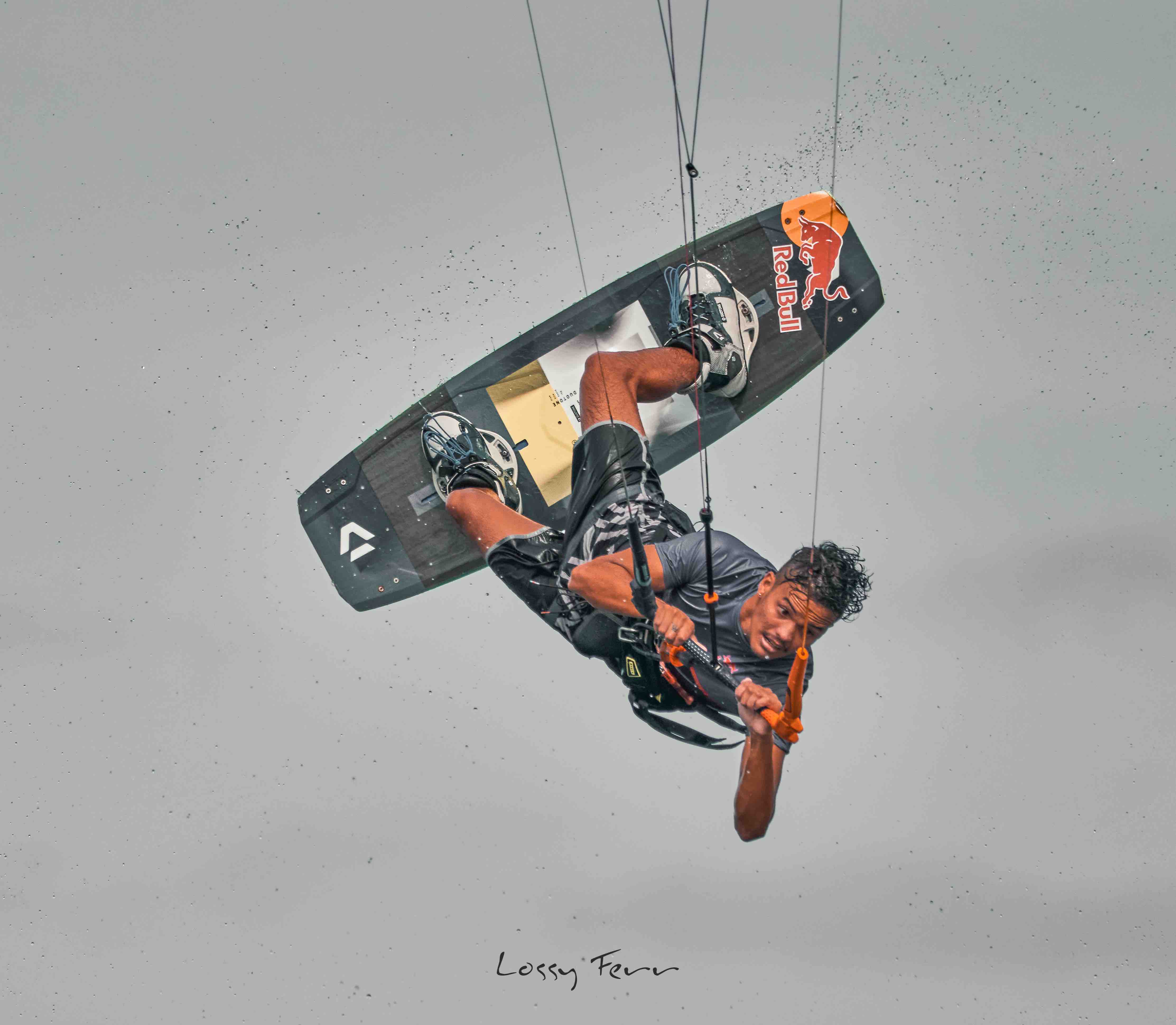
Born to kiteboarding parents, Christian was taught by his Norwegian father and Filipino mother at Bulabog Beach. At 10, he competed in the KTA in Thailand, where he didn’t perform well, which only strengthened the young boy’s resolve to do better.
According to his profile page on Redbull’s website, “Two sessions every day with award-winning Filipino kiteboarder Khristopher Ken Nacor, who owns and operates the Boracay-based Freestyle Academy Kitesurfing School, transformed the Filipino-Norwegian from a relative kiting unknown to world number two in the Junior Men’s division in just a few short years. He claimed second place in the Freestyle category at the Junior Kitesurfing World Championships in 2014 and 2015. Locally, he has won championships at the ICTSI Philippine Kiteboarding Tour and the Boracay International Funboard Cup.”
Paris Olympics is only three years away and qualifiers will be starting before you know it. Could our next Olympic gold medalist come from Boracay?
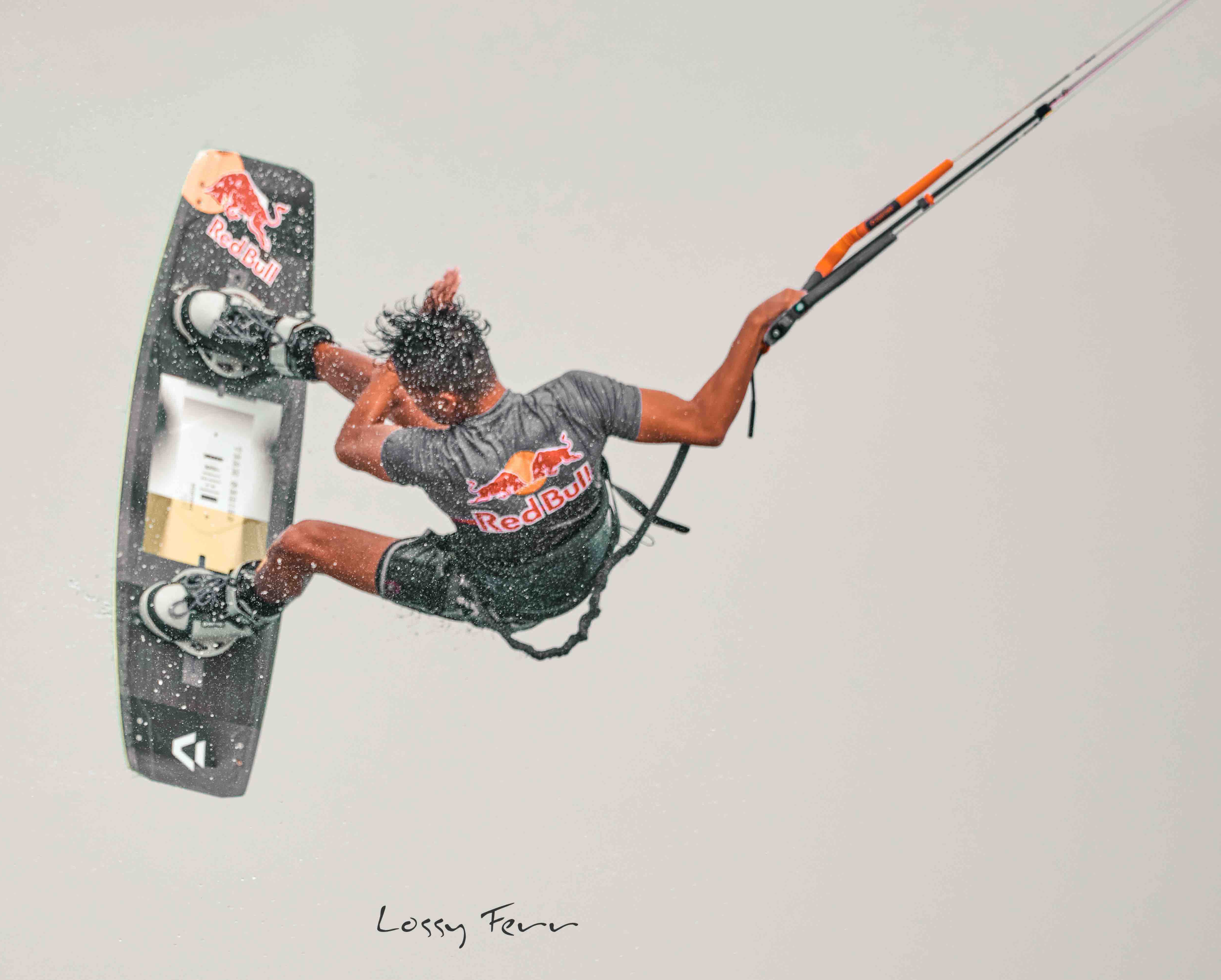
There are more women kiteboarders now—and many are starting very young. “Ang daming talented na riders sa Pilipinas but they’re limited in equipment and exposure. (Equipment for leisure and competition are two different things.) If you have talent without support, mahirap—unless mayaman ka and you’re competing abroad. Otherwise, maiiwan ka. I think any sport here has the same story,” Ken says.
Two weeks ago, when it seemed habagat season would go on forever (it didn’t), the kiteboarders took their equipment across the small strip of the island to the front beach, where the wind was perfect.
In the morning and late afternoon, you could see their kites flying high above the water. They weren’t that many, not like before the pandemic, but I could imagine in my mind what Ken meant when he described the whole community coming out to kitesurf—each one like a graceful flamenco dancer.
Banner photos by Myron Ray Sy Evasco (left) and courtesy of Ken Nacor


